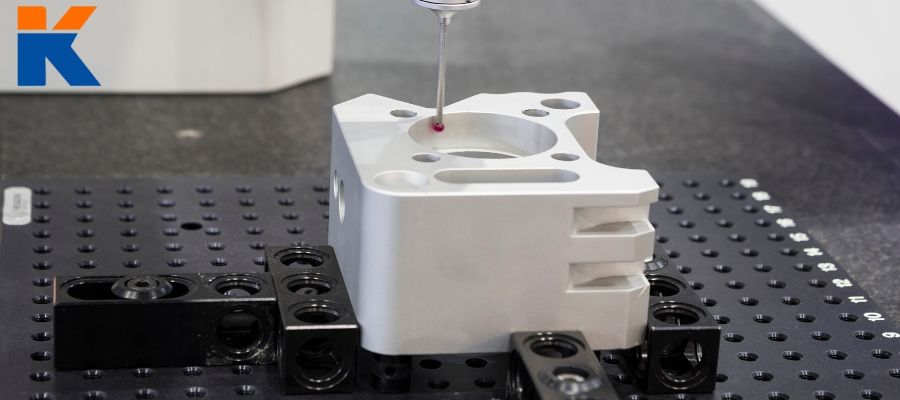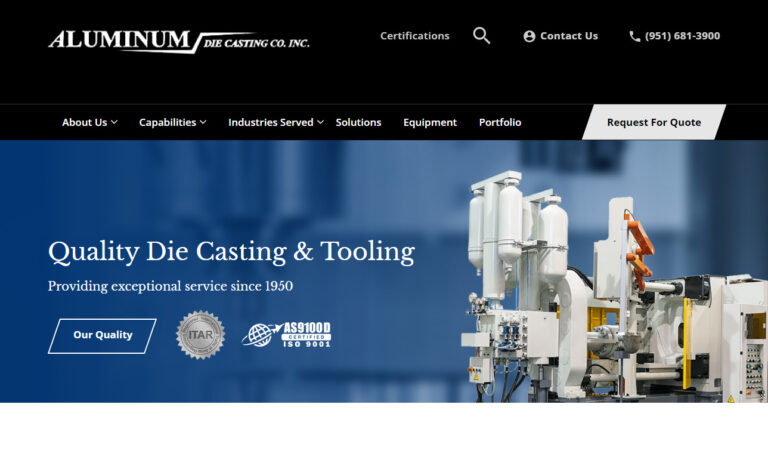Some Known Details About Aluminum Castings Company
Table of ContentsAluminum Castings Company Things To Know Before You Get ThisThe Only Guide for Aluminum Castings CompanyThe Only Guide for Aluminum Castings CompanyWhat Does Aluminum Castings Company Do?The 7-Second Trick For Aluminum Castings CompanyNot known Incorrect Statements About Aluminum Castings Company Everything about Aluminum Castings CompanyHow Aluminum Castings Company can Save You Time, Stress, and Money.
There are two main types of die spreading used in the light weight aluminum spreading industry: hot chamber die spreading and cool chamber die spreading. The main difference between these approaches is just how the molten metal is provided to the mold. In warm chamber pass away spreading, frequently used for lower melting factor metals, the melting pot is directly connected to the device, and a bettor forces the product with a gooseneck into the die tooth cavity.
Aluminum Castings Company Fundamentals Explained
In these methods, the mold and mildew is purposefully destroyed or escaped in order to extract the finished aluminum spreading. Typical procedures under the group of expendable mold and mildew casting consist of (financial investment spreading),,, and financial investment spreading. When making customized aluminum parts making use of expendable molds, suppliers put molten light weight aluminum or light weight aluminum alloys right into the mold, which is after that damaged apart to release the solidified steel component.
The is one of the earliest and most favored forms of aluminum spreading. It involves condensing specialized foundry sand, frequently reinforced with clay or material, around an exactly crafted reusable pattern that identifies the shape and inner details of the ended up light weight aluminum item. The pattern system includes risers and vents to manage the flow of liquified metal and to stop casting issues such as shrinkage porosity.
Aluminum Castings Company for Dummies

This mold and mildew is after that preheated prior to the pouring of molten aluminum or aluminum alloy. As the steel fills up the covering, it captures the detailed details and great surface area coating of the mold. Once cooled down, the ceramic is mechanically or chemically broken away, enabling the removal and separation of private cast parts.
Little Known Questions About Aluminum Castings Company.
Irreversible mold spreading uses reusable metal mold and mildews and is perfect for mass production with regular top quality and less waste. Expendable mold casting utilizes single-use molds, like sand or foam, supplying design versatility and reduced tooling expenses for prototypes or short runs. Pass away casting is best for creating high quantities of aluminum components that call for limited tolerances, great information, and smooth surface areas.
The Toshiba Machine DC-J Series consists of pass away casting devices appropriate for aluminum. Understood for their robust building and construction and high injection efficiency, these machines guarantee reliable and precise spreading (Metal Foundry).

While light weight aluminum can be used in its pure kind, it is frequently alloyed with other metals to improve its homes or the residential properties of the various other metals. Aluminum alloys are categorized into 8 series, numbered from one to eight.
9 Simple Techniques For Aluminum Castings Company
This alloying boosts the toughness and hardness of aluminum but decreases its ductility and corrosion resistance. The 2000 collection alloys are challenging to weld yet can be heat dealt with to boost their buildings. The 3000 collection alloys are mainly alloyed with manganese. This mix boosts rust resistance while offering moderate toughness.
The 4000 series alloys are alloyed with silicon, which reduces the melting point and enhances fluidity. This makes it a preferred choice for spreading, as it is simple to develop in its molten state.
Aluminum Castings Company Can Be Fun For Everyone
This series is identified as a high-strength alloy, especially matched for sheet and plate applications due to its exceptional weldability. Its resistance to deterioration from acids and antacid makes it perfect for usage in severe and hostile atmospheres (Aluminum Castings Company). The 6000 collection alloys are alloyed with both magnesium and silicon, giving an equilibrium of stamina, mechanical properties, and corrosion resistance
Processing the 6000 series needs specialized and innovative devices, which can be complex and costly. Nonetheless, this series is known for its exceptional rust and oxidation resistance, as well as its convenience of finishing, therapy, and workability. The 7000 series aluminum alloys are the strongest and most resilient among light weight aluminum types, with stamina comparable to about two-thirds of industrial-grade A3 steel.
Aluminum Castings Company Can Be Fun For Everyone
Zinc is the key alloying aspect in the 7000 collection, boosting the hardness of the aluminum, although zinc's solidity is comparable to that of aluminum on the Mohs scale. The 8000 collection aluminum alloys are mainly alloyed with tin, in addition to tiny quantities of copper and nickel (Aluminum Sand Castings). While these alloys supply lower stamina compared to various other here series, they stand out in machinability and put on resistance
Aluminum cast heatsinks are electrically conductive, allowing them to be grounded efficiently. They are often cast with integrated features that reduce the need for additional operations, such as extra machining or setting up, leading to additional expense financial savings. Aluminum spreading is frequently utilized to manufacture brackets for both durable commercial tools and family devices.
The Ultimate Guide To Aluminum Castings Company
The single-piece construction of aluminum braces improves their strength and toughness, minimizing the possibility of failing. If holes are called for, they can be consisted of directly in the spreading mold and mildew, decreasing the demand for post-production finishing (https://www.bitchute.com/channel/jCDkkLxhoyNk). Makers have significantly taken on aluminum casting for golf devices because of its durability, stability, and convenience in shaping